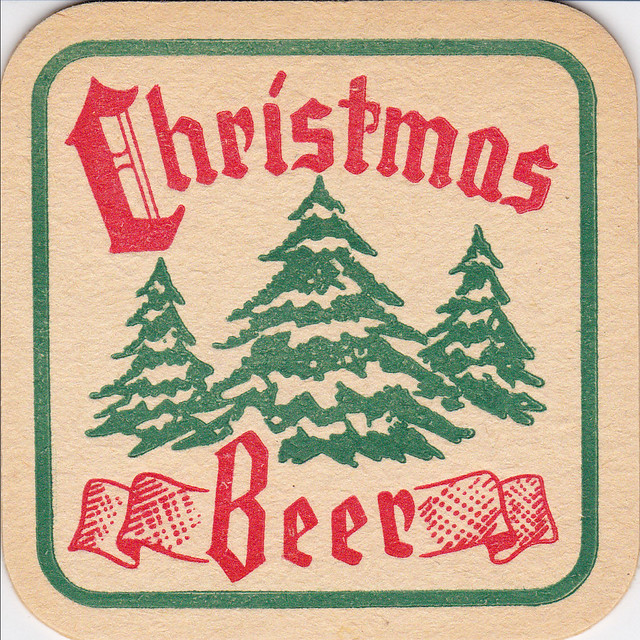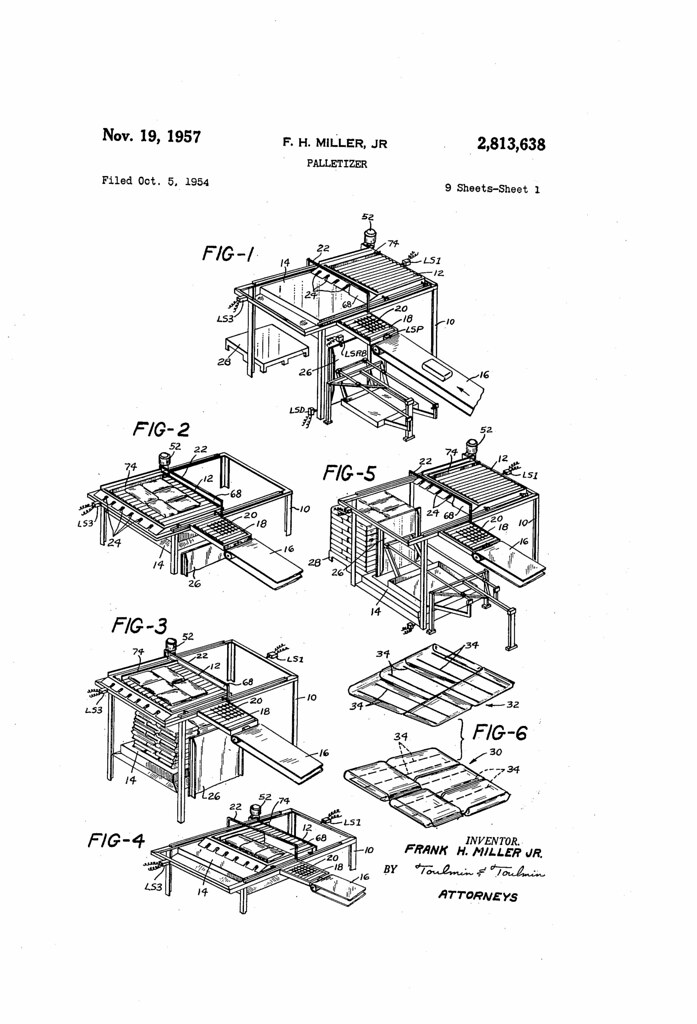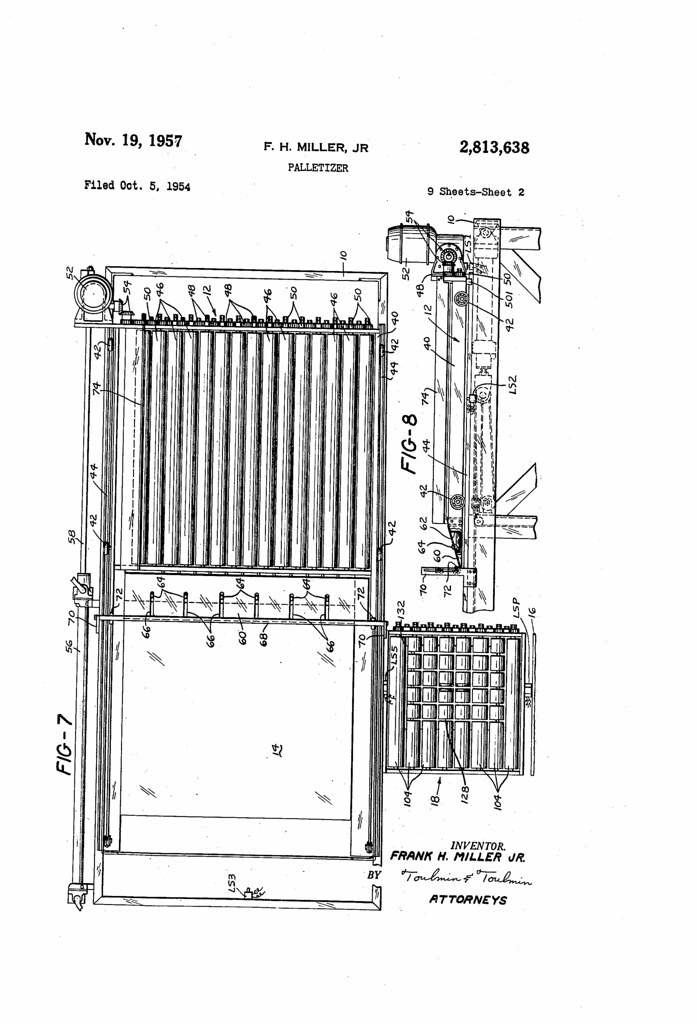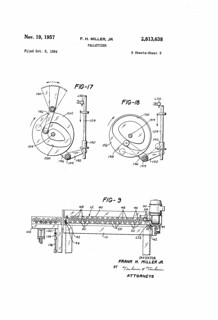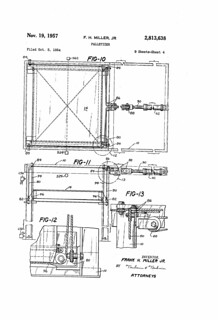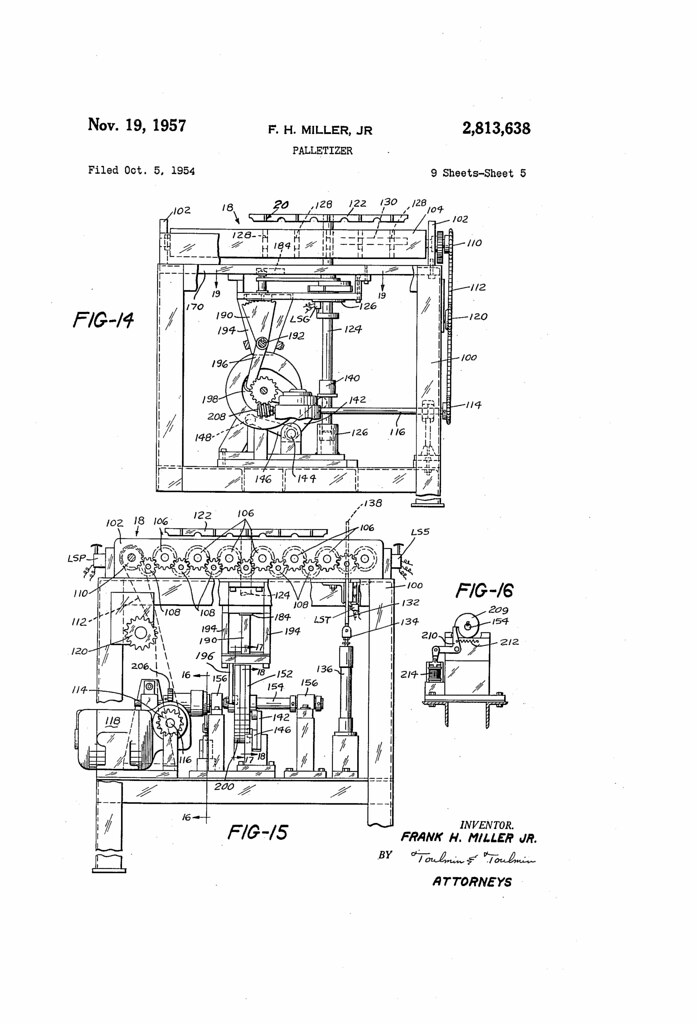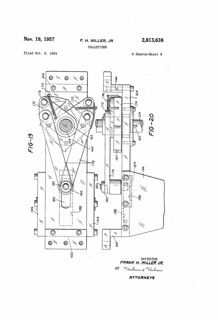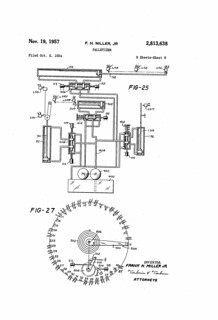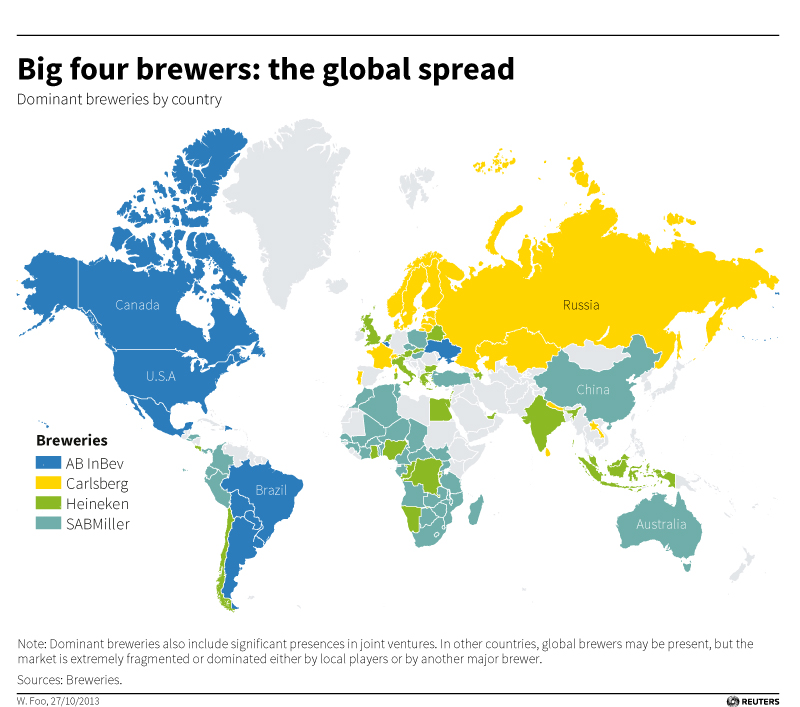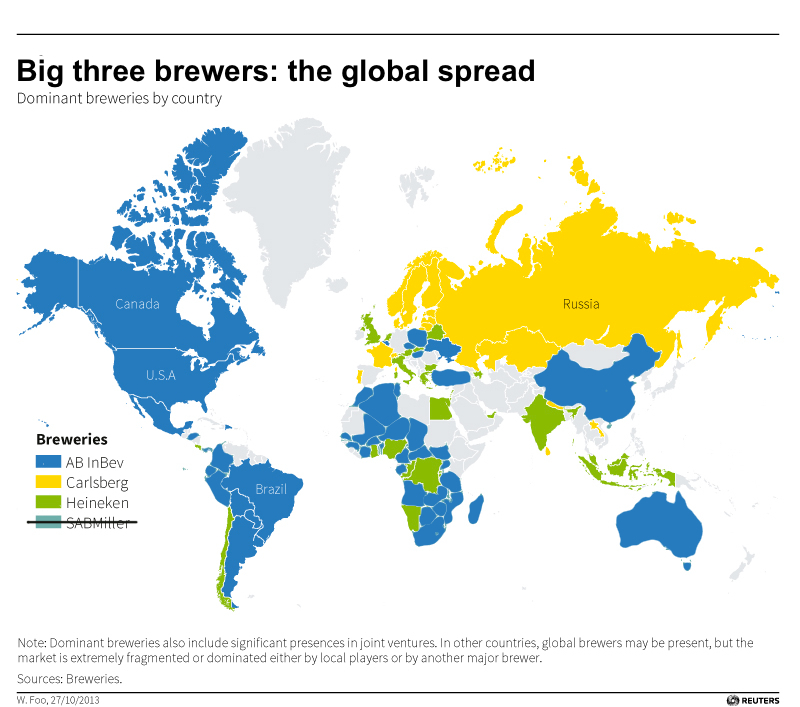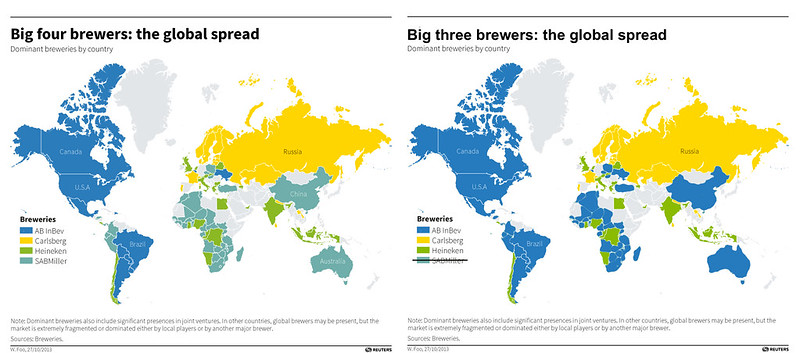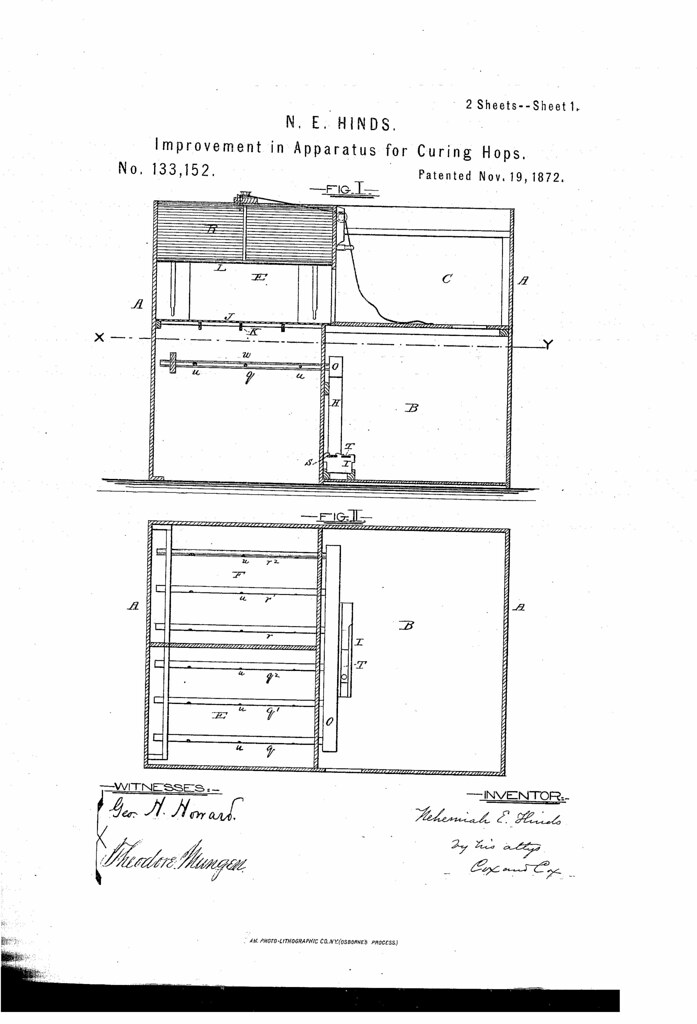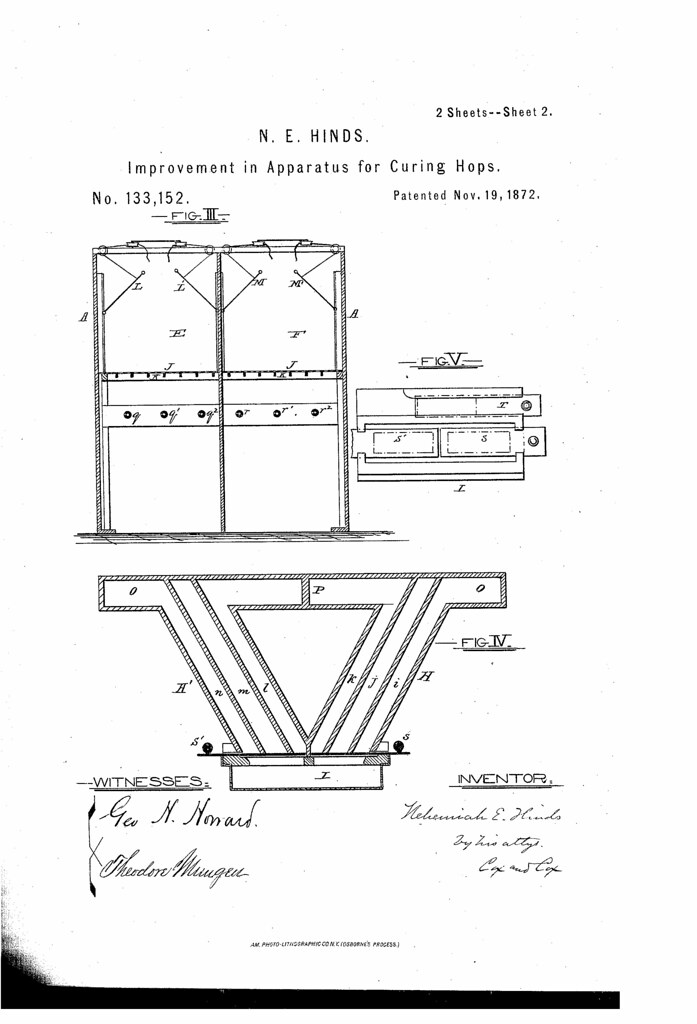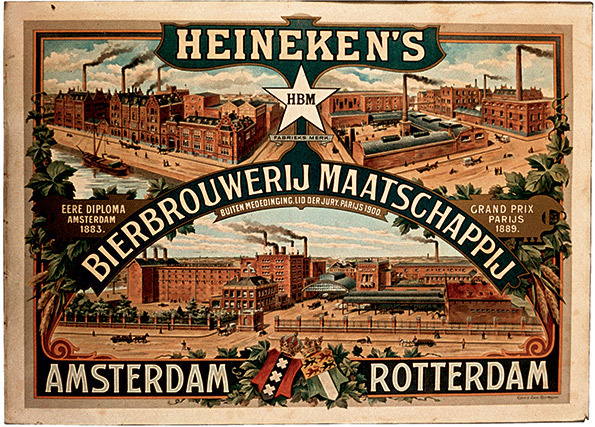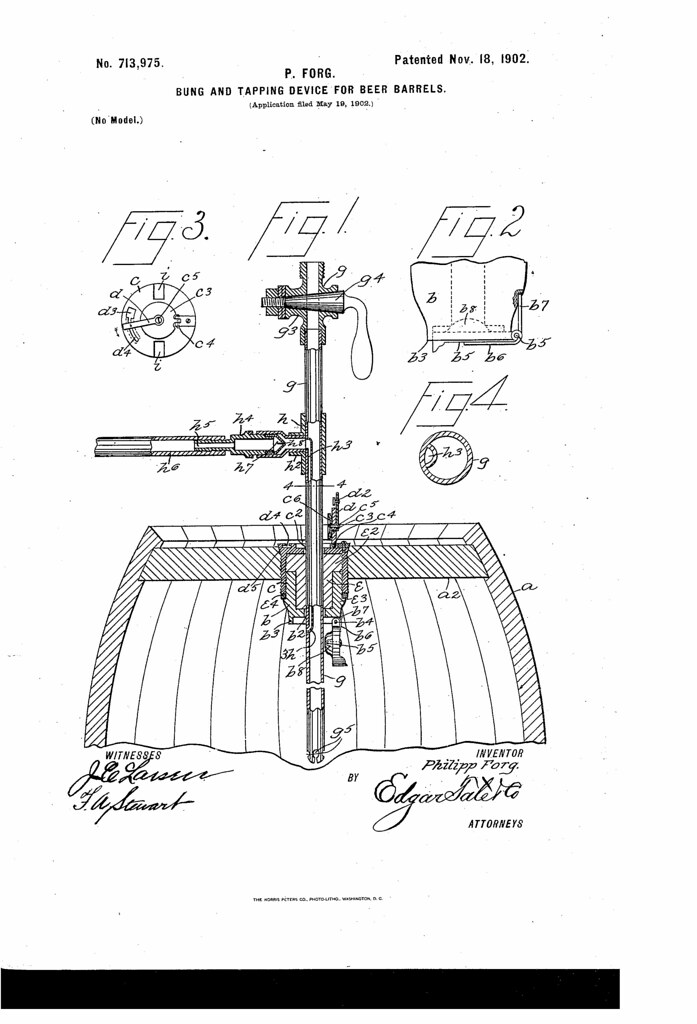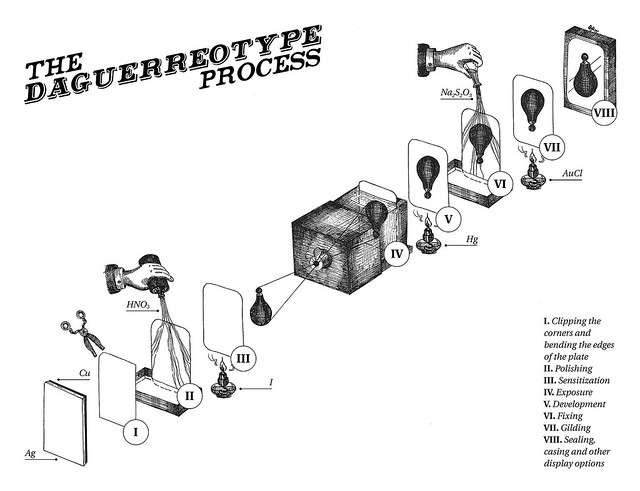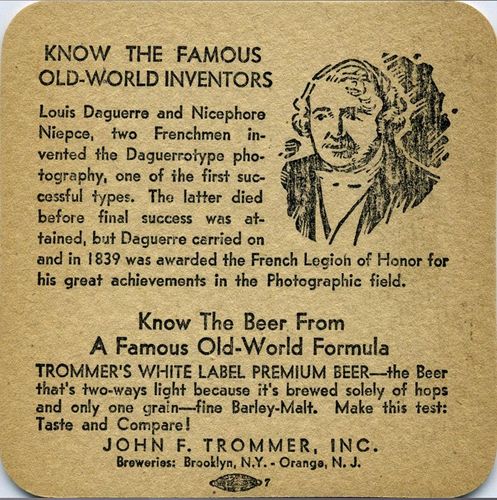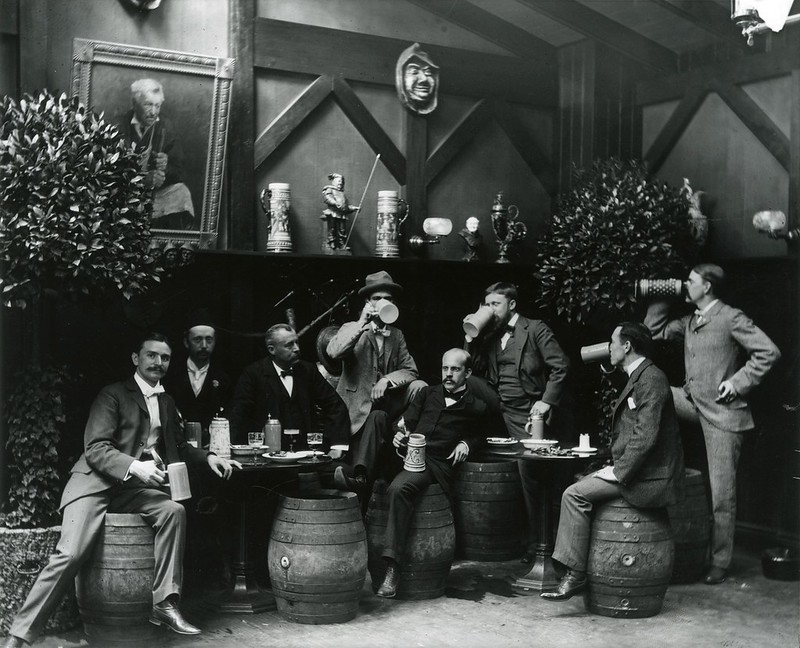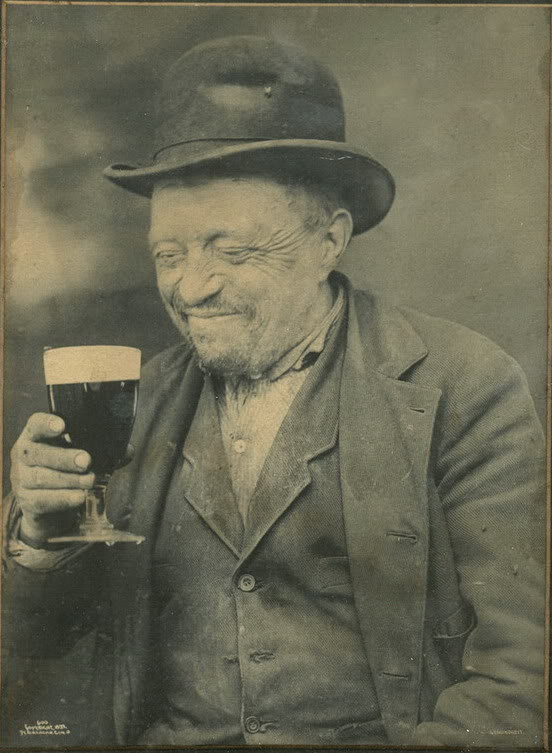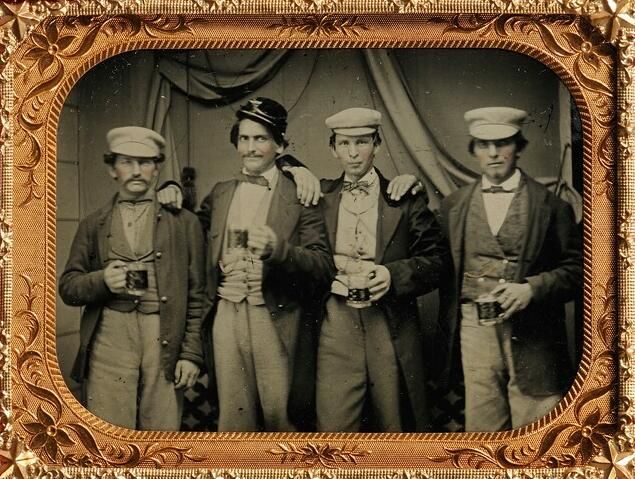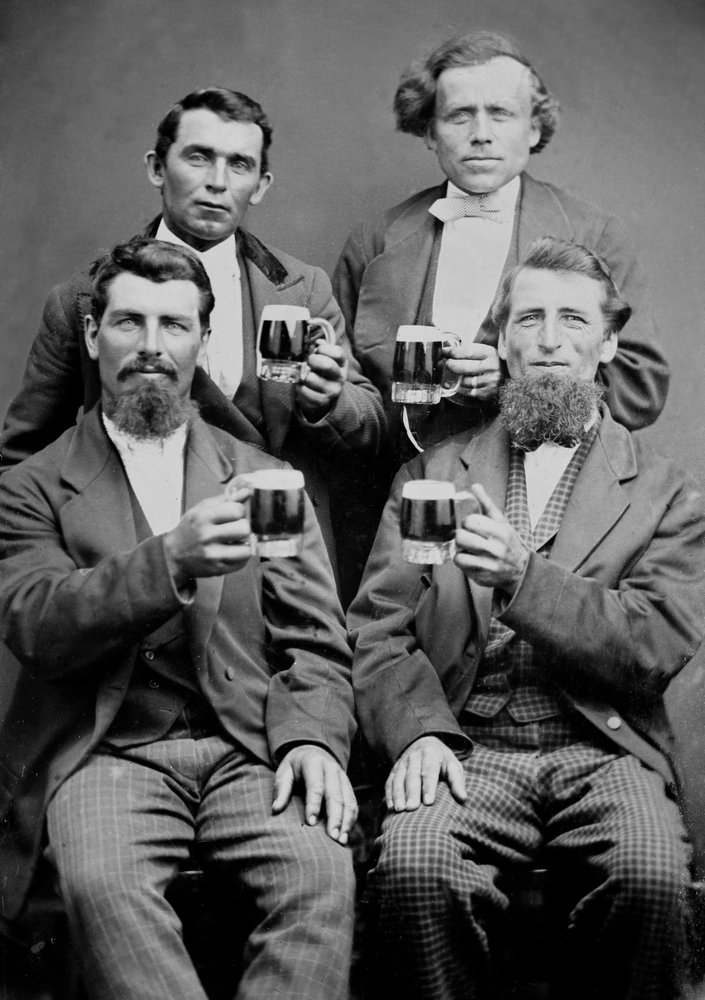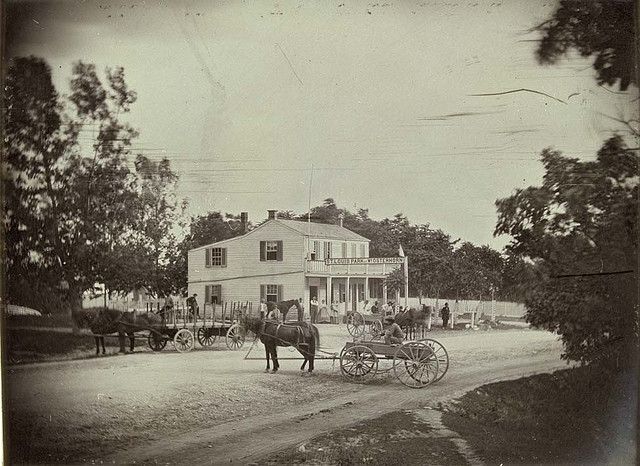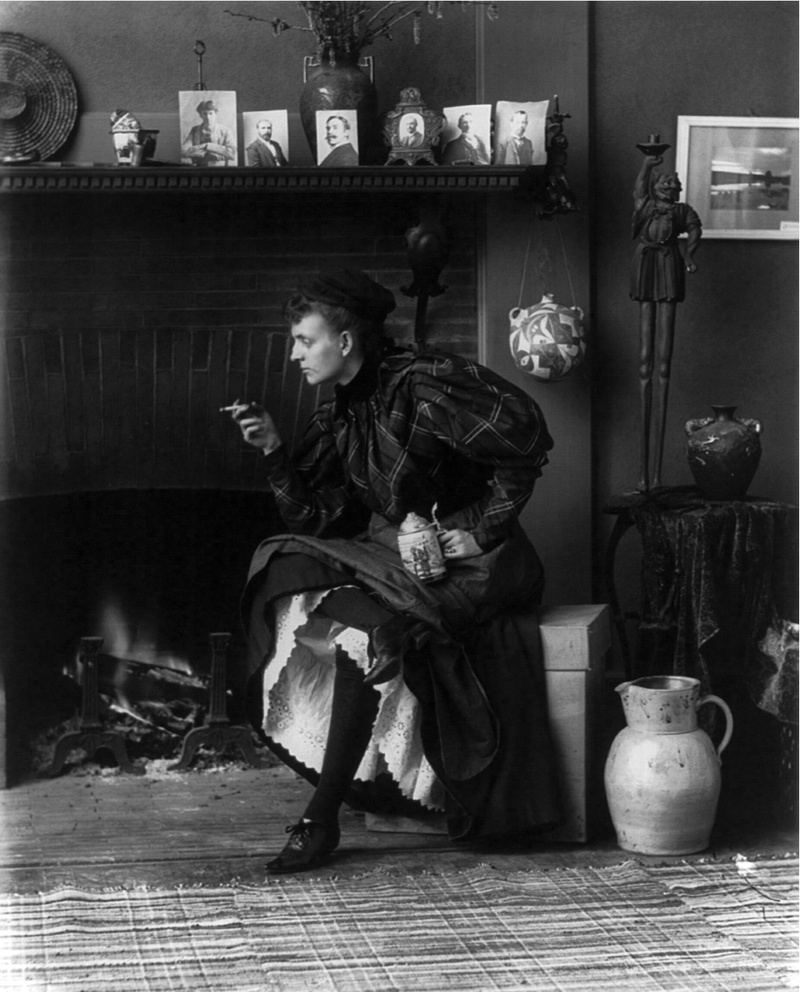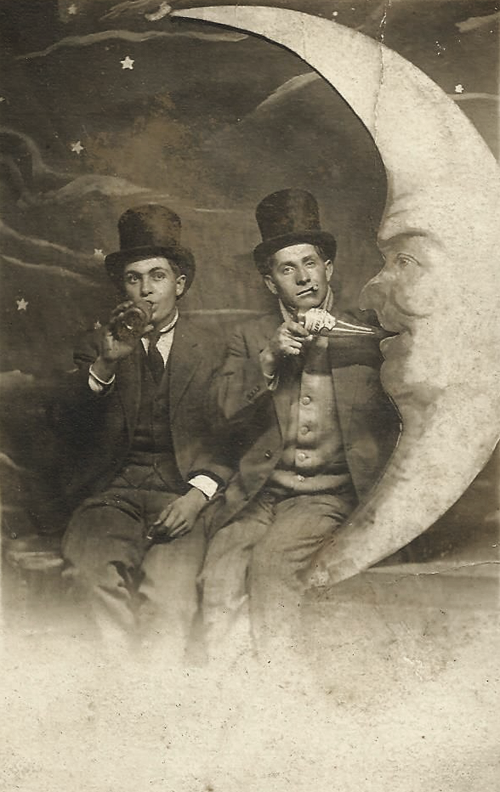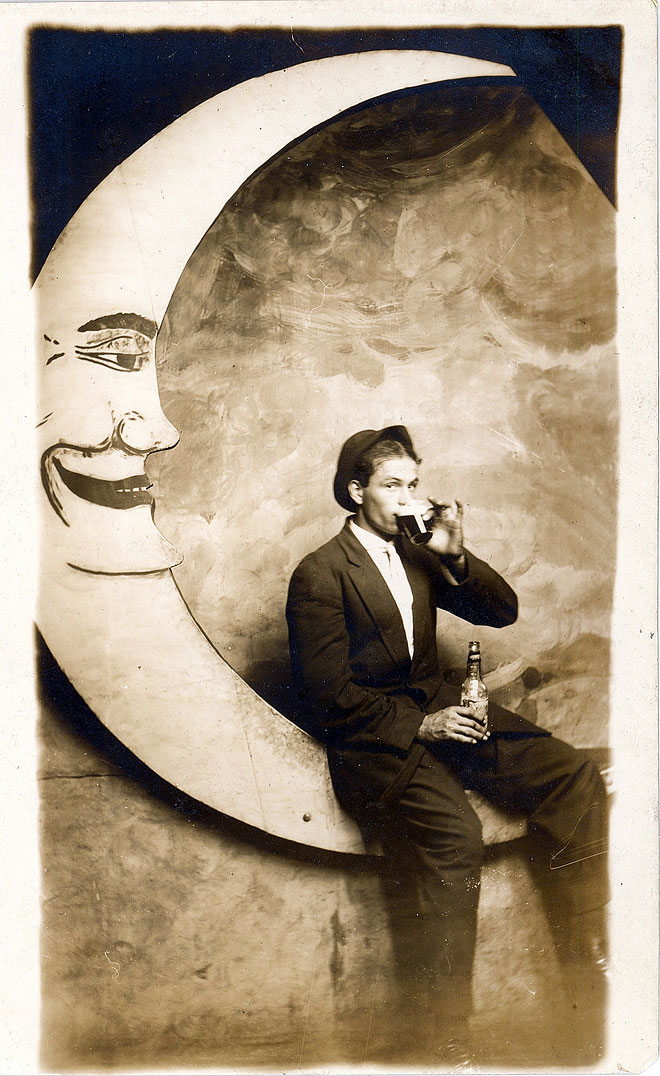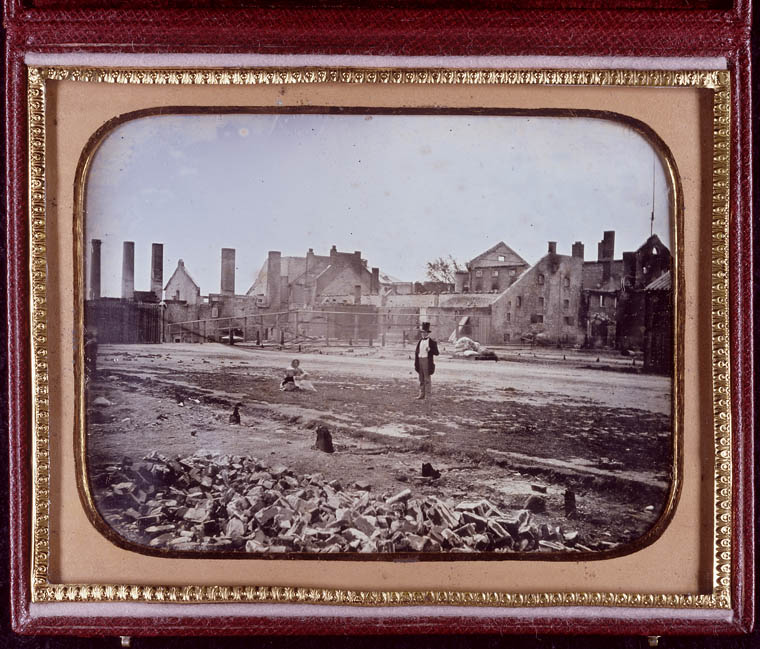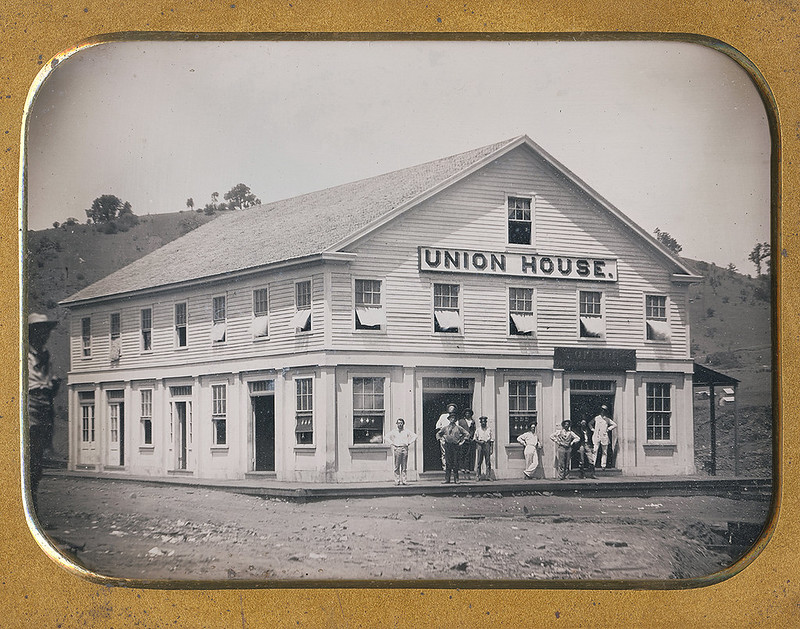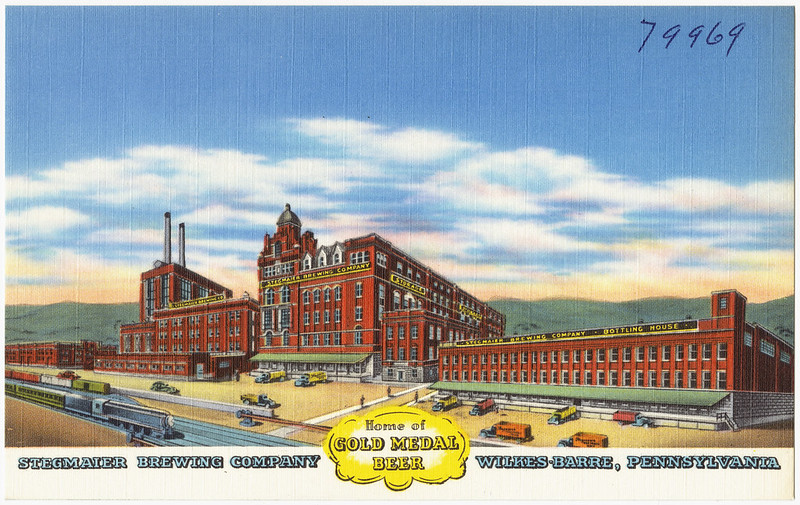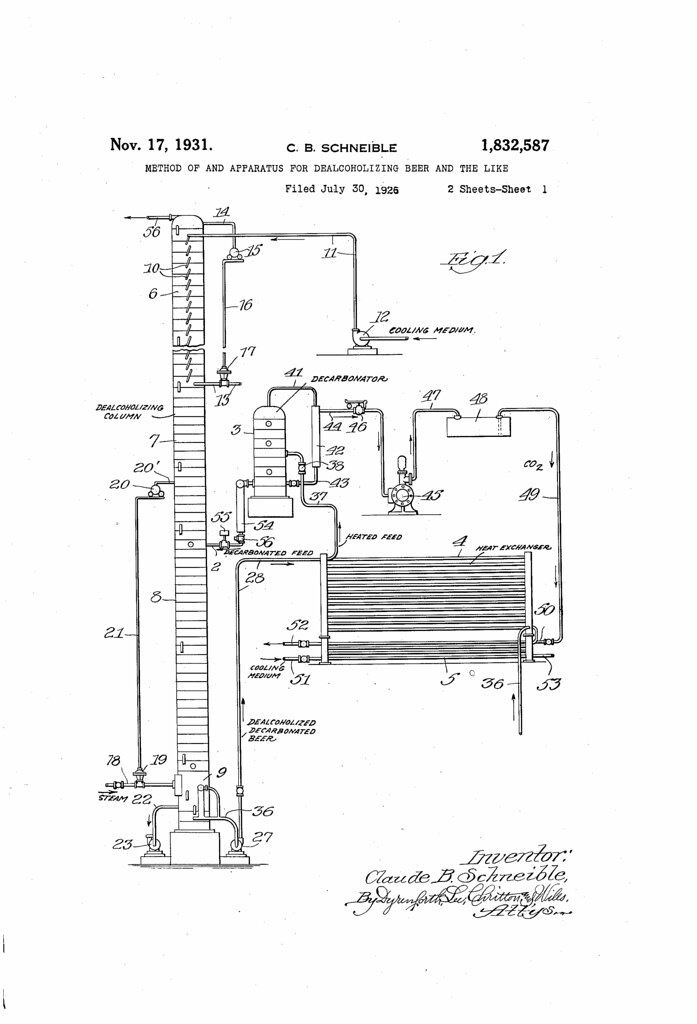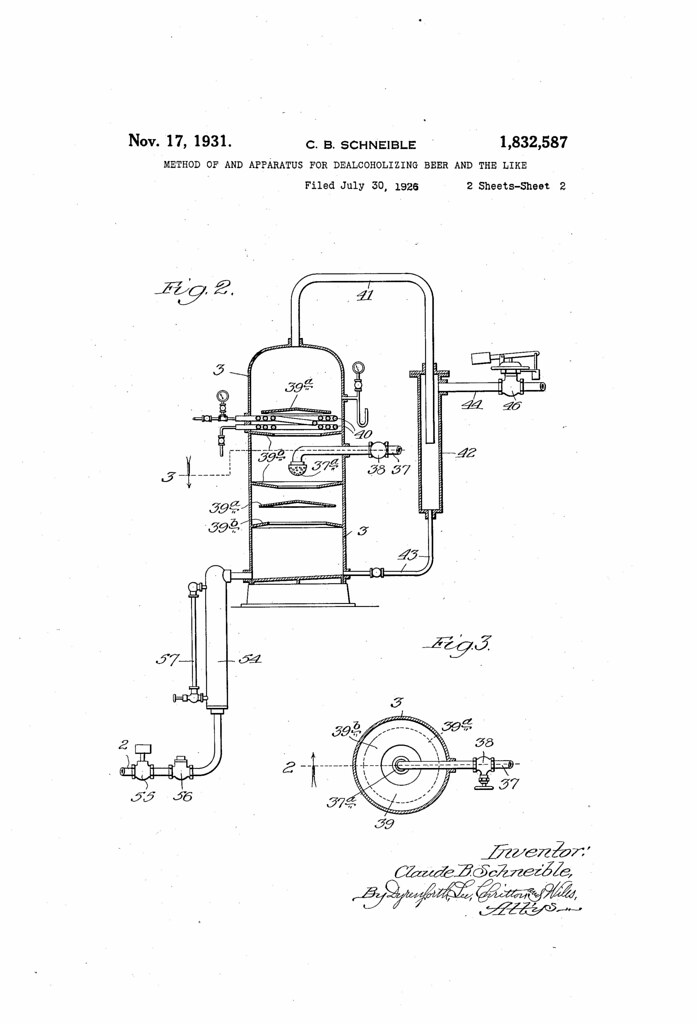![]()
For our 106th Session next month our host will be yours truly, who writes this here Brookston Beer Bulletin. For my topic, I’ve chosen Holiday Beers, by which I mean this.
For seasonal beers, the Solstice/Christmas/Hanukkah/Kwanza/Mithra time of the year is my mostest favorite. This past weekend, we had our fifteenth annual holiday beer tasting for the Celebrator Beer News, and sampled 42 of this year’s Christmas beers. Here’s how I’ve described them in the introduction of the tasting notes for the holiday edition each year:
Holiday beers are by design no one style, but are a chance for individual breweries to let their talent and imagination run wild. At the holidays, when people stop their busy lives and share some precious time with family and friends, the beer they choose should be equally as special as the time they’re sharing. So a holiday beer should be made to impress, to wow its audience, to stand out. That’s the only criteria that should be met by one of these beers. Will it impress? Different breweries, thankfully, do this in many, many different ways. Some use unusual spices or fruits, some use special malts or hops, some use other uncommon ingredients like spruce or rye, and some make a style that itself is unusual. So there’s nothing to tie these beers together apart from their celebration of the season. That makes it both a delight and a challenge to judge. Ultimately, perhaps more than any other tasting, these beers are simply a matter of what you like and our judging is a matter of what we like. So try them and discover for yourself the many flavors of this holiday season.
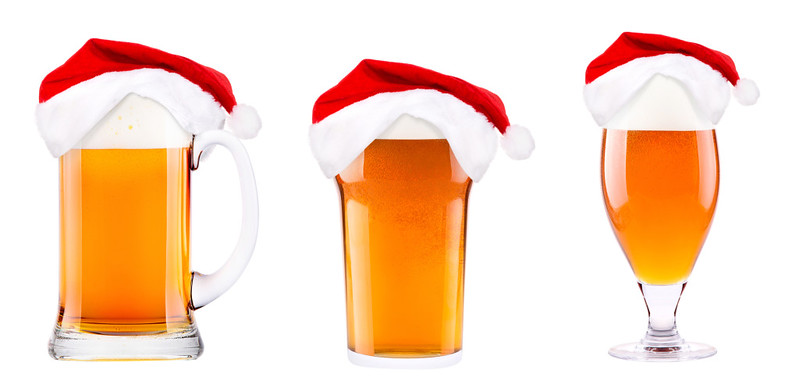
As I said, I really enjoy the variety of holiday and winter seasonals, and they often seem especially well-suited to colder weather. I don’t really care what they’re Celebrating, be it:

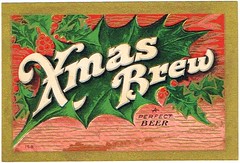
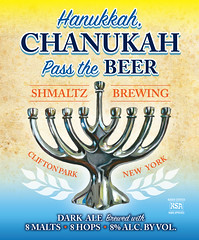
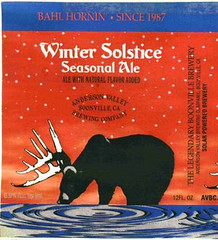
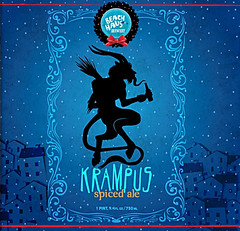

And despite the fact that the rightwing nutjobs insist there’s a war on Christmas because people use “holidays” to be inclusive instead of “Merry Christmas,” a lot of seasonal beer labels from the first half of the 20th century used “holiday” rather than Christmas. And what do you know, civilization didn’t end. And that’s usually the time that conservatives point to as being what we need to return to, when America was a more innocent place, pre-1960s. But they drank holiday beers, what do you know? And as far as I can tell, nobody freaked the fuck out like they do today. After the brouhaha with Starbucks cups, it actually made me want to go to Starbucks — a place I don’t normally frequent — just because of how ridiculous it all was.
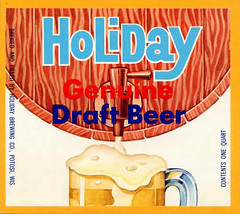
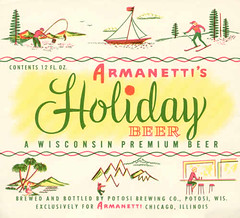
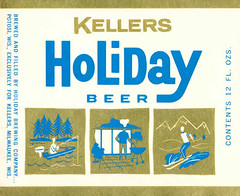
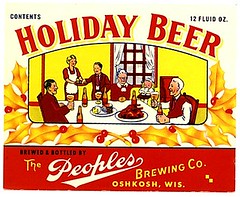
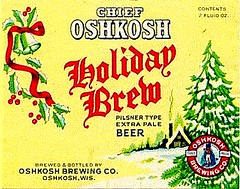
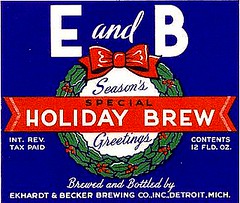
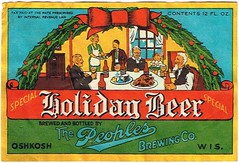
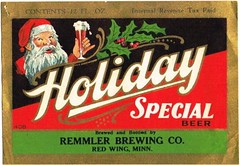
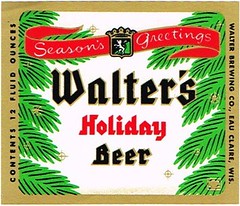
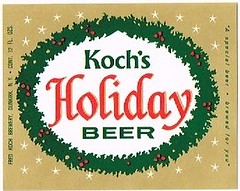
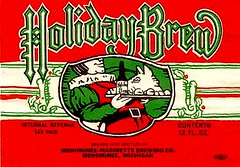
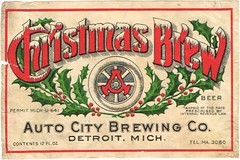
So for this Session, write about whatever makes you happy, so long as it involves holiday beers.
- Discuss your favorite holiday beer.
- Review one or more holiday beers.
- Do you like the idea of seasonal beers, or loathe them?
- What’s your idea of the perfect holiday beer?
- Do have a holiday tradition with beer?
- Are holiday beers released too early, or when should they be released?
- Do you like holiday beer festivals?
Those are just a few suggestions, celebrate the holiday beers in your own way. Happy Holidays!
So start your holiday celebration early. It’s never too soon. To participate in the December Session, on or around Friday, December 4, write your post, then leave a comment below or shoot me an e-mail or copy me (@Brookston) in your Twitter feed with your link.
